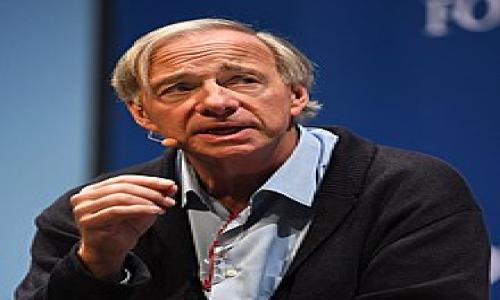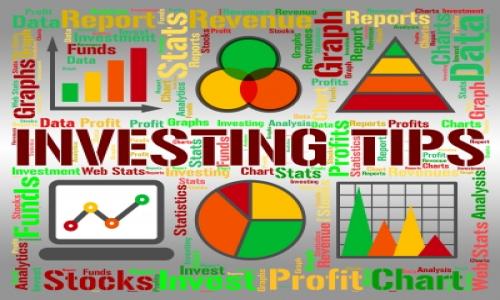MARKET UPDATE
A tight market is only friendly to income buyers whose taxes are rising and other shelters are drying up.
RECOMMENDATION
Continue to look to the belly (5-15yrs) where, despite a rally to and through “at risk” levels, momentum remains strongest and may be most durable in the near-term. Bonds are less aggressively bid at the long end and may see some cheapening if institutions begin to worry about a weaker Treasury guide or weaker BAB issuance. Again, this is not an easy market for total return or value preservation as the likelihood of yields rising trumps the opposite. However, relative value and after-tax income retain positive prospects, inducing investment in the less liquid corners.
INVESTING STRATEGY
High grade, safe sector paper remains extremely well bid, and lower-rated issuers have flourished in the resulting “credit friendly” environment. Still, there remains opportunity for the diligent in unrated, formerly insured bonds that continue to slosh through bids wanted systems.
SUMMARY
Although trading opportunities remain in the municipal market, this is not a traders’ market. Rather, income-oriented buyers (so called, going-away demand) has driven yields and credit spreads lower and lower as the scarcity of acceptable product continues to meet a growing need for safe, tax-exempt income. Lower rated, safe sector issuers continue to benefit; last week, California’s $2.5Bn tax-exempt bond sale was up-sized once and had its yields lowered twice. This demand continues to come despite a growing chorus of media reports on just how bad things are for state and local governments. Were current market levels more dependent on mark-to-market trading accounts, we might be more concerned; however, the households and mutual funds now putting away bonds have less to lose from headline/rating risk, potentially explaining our market’s resilience. Not to mention the point that spreads are tight and tightening nearly everywhere else in fixed income. This week, the Barron’s “report”, however ridiculous, may have some impact on prices, although the Fed meeting—and any related forecasts on the prospects for the Fed Funds rate—are more relevant. In theory, once the Fed begins raising rates, Treasury and taxable yields should respond more violently than tax-exempts, where a number of factors will work to keep yields pinned at (relatively) low levels.
RELATED VIDEO:
Tom Doe from MMA discusses the Municipal Bond Market with BestCashCow's Lynne Ashminov:



Add your Comment
or use your BestCashCow account